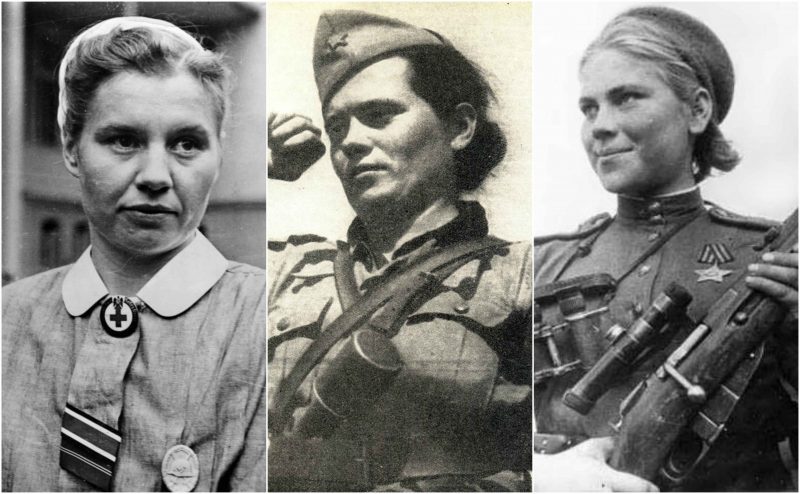Even when they were oppressed by the patriarchal societies which suggested staying in the households, women didn’t hesitate to defend their nations whenever it was necessary.
Regardless of how they were treated or accepted, in times of crisis, women offered their services in the factories, hospitals, in the army, and on the frontline. And they showed extraordinarily military skills and bravery. Quite often they had to cross-dress as men to fight alongside them, as in the American Civil War, for example.
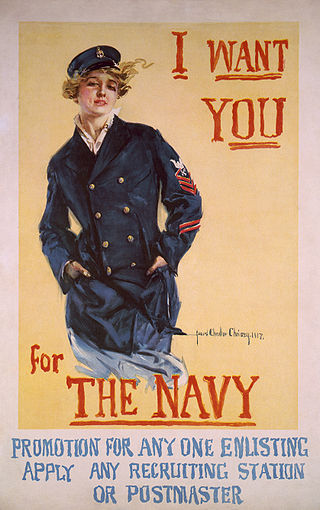
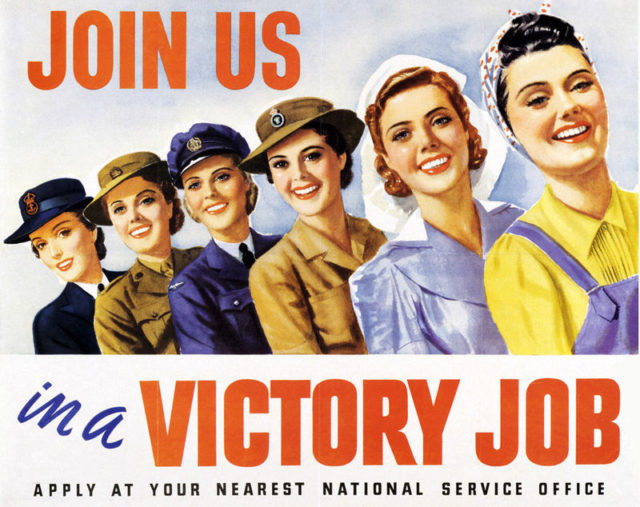
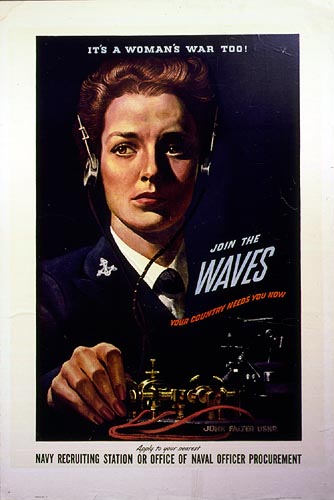
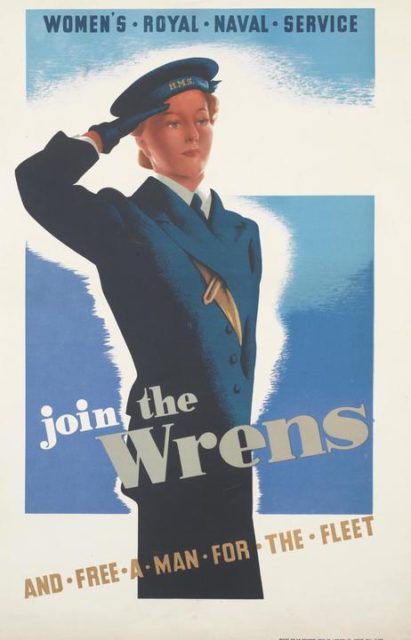
However, there were thousands of women in most of the nations in the World Wars that served as nurses or offered their assistance in different support roles. During the WWI, Russia was the only country that deployed female combats. Mainly, women were accepted only tacitly and even when they performed as greatly as the male, the men protested for their acceptance and required for women to be sent back in their households where they belonged.
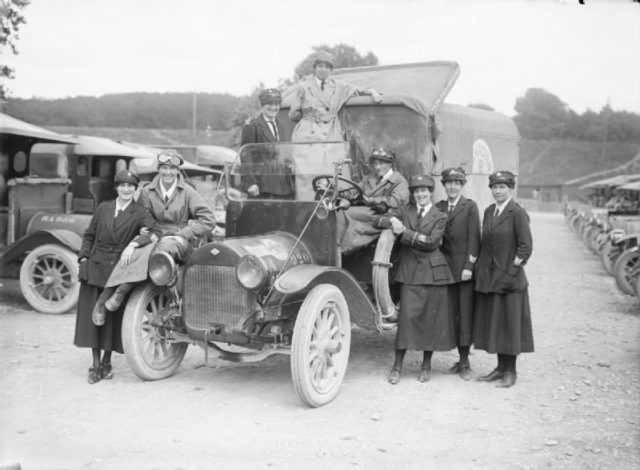
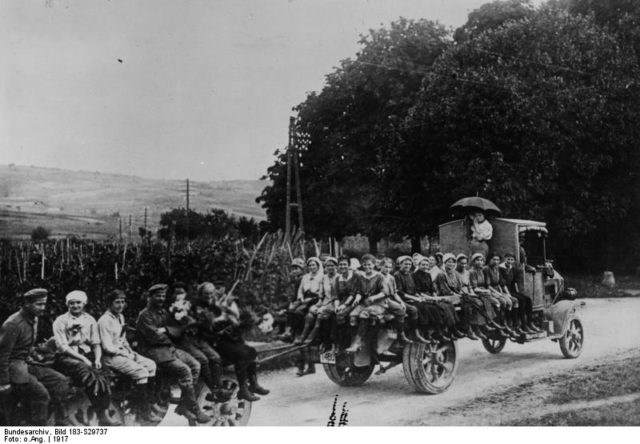
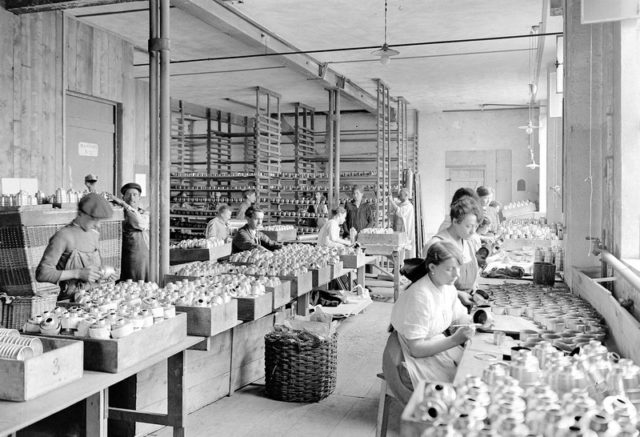
Regardless the conservative protests against women, many of them got to the front lines and fought among men. Without any previous military experience, Maria Bochkareva joined the army, and in 1917, she created the 1st Women’s Battalion of Death.
It inspired the creation of a separate unit called the 1st Petrograd Women’s Battalion, and, later, the 2nd Moscow Women’s Battalion of Death was organized in Moscow, and the 3rd Kuban Women’s Shock Battalion was created in Ekaterinodar.
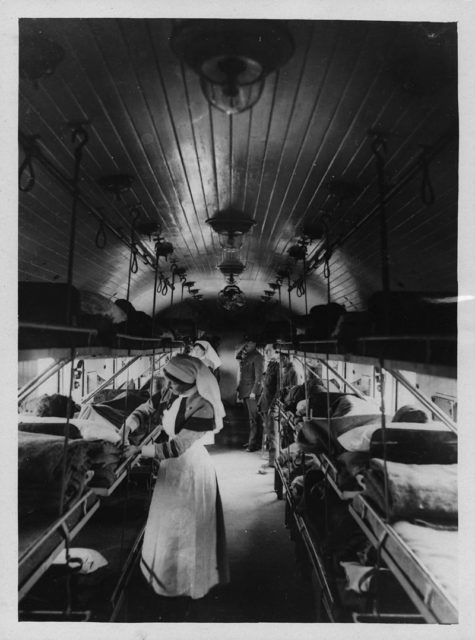
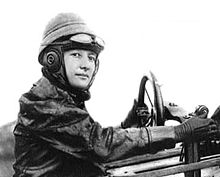
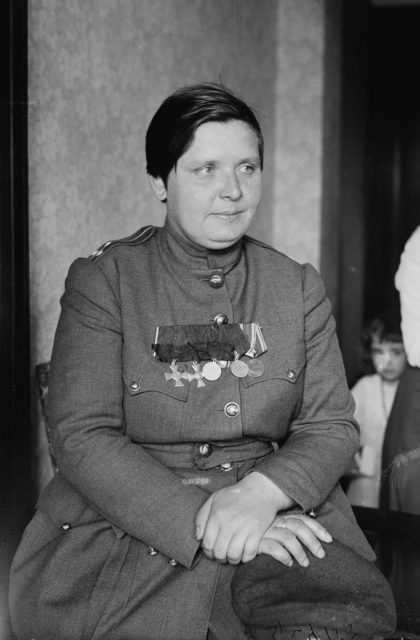
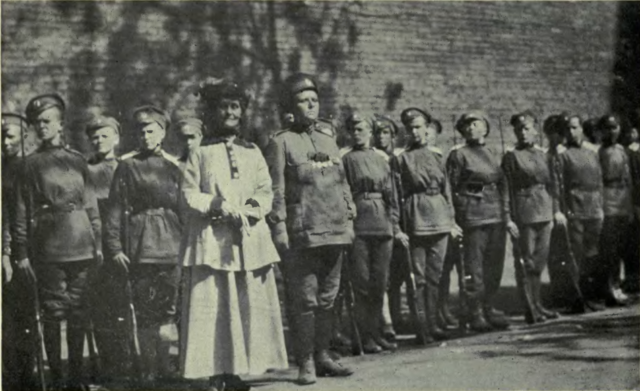
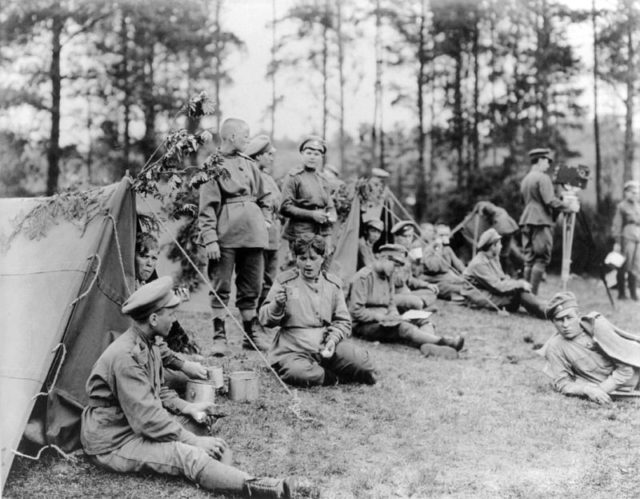
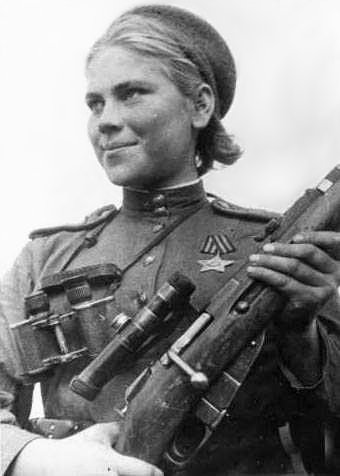
There were more than 2,000 women who fought in the Women’s Red Guards in the Finnish Civil War of 1918. All the women were young maids, servants, and industrial workers who established 15 Female Guards. Most of them were around the age of 20, but there were some as young as 14. They all served in the service corps and the combat units. At least 755 Red Guard lost their lives in the war. There were around 100 killed on the battlefield; another 100 died in prison camps; 180 went missing, while the worst destiny had the 400 who got executed by the Whites. They were often raped before being killed.
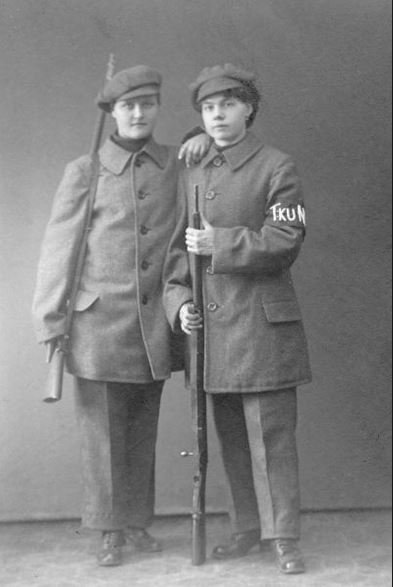
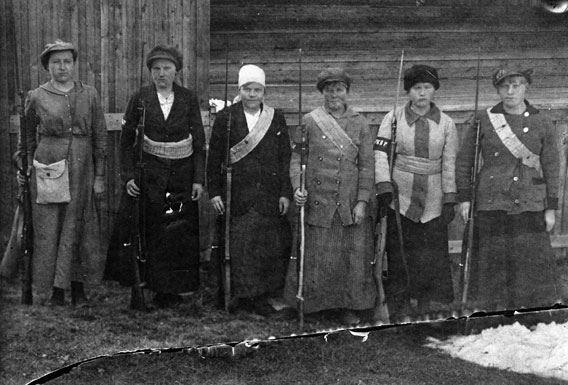
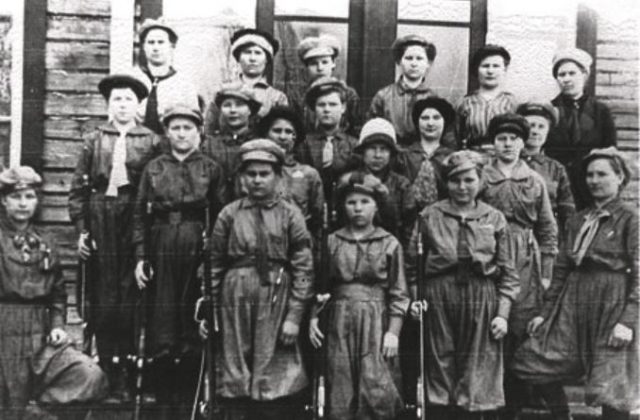
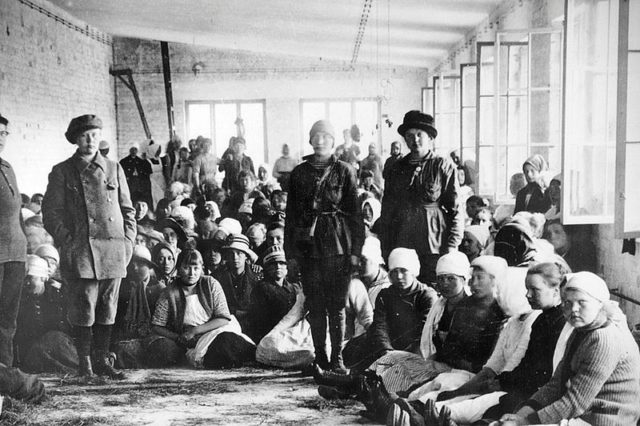
During the WWII, the nations used women in uniforms. Most of them served as nurses or clericals, but there were over 500,000 women who had combat roles in anti-aircraft units in Germany in Britain, while in the Soviet Union they were involved in the front-line units.
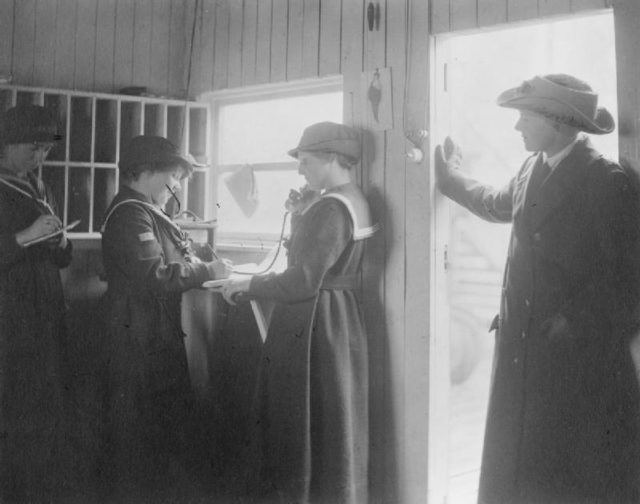
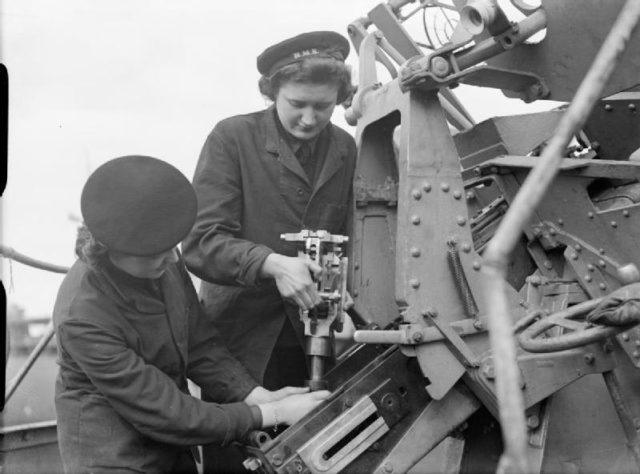
In 1938, Britain had a leading number of uniformed services for women along with the small units of nurses. In 1938, the Auxiliary Territorial Service (ATS) began as a women’s auxiliary to the military, while in 1941 it was granted a military status. The women were well-known for their handling of anti-aircraft guns against German planes and V-1 missiles. One of them was the daughter of Winston Churchill, the Prime Minister of the country.
Although by 1941 women were allowed to operate fire-control instruments, they weren’t approved ever to pull the trigger, as the killing was perceived as too masculine. There were 56,000 women in the Anti-Aircraft Command by 1943.
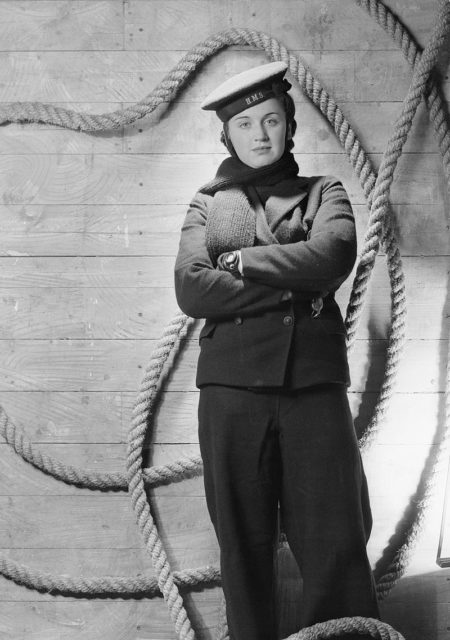
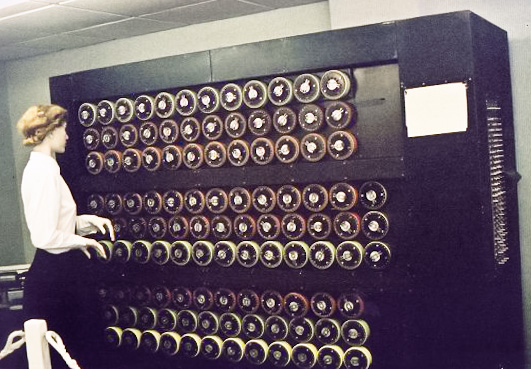
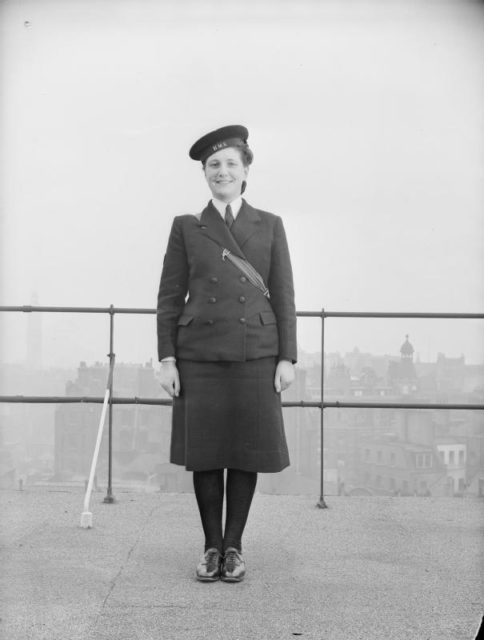
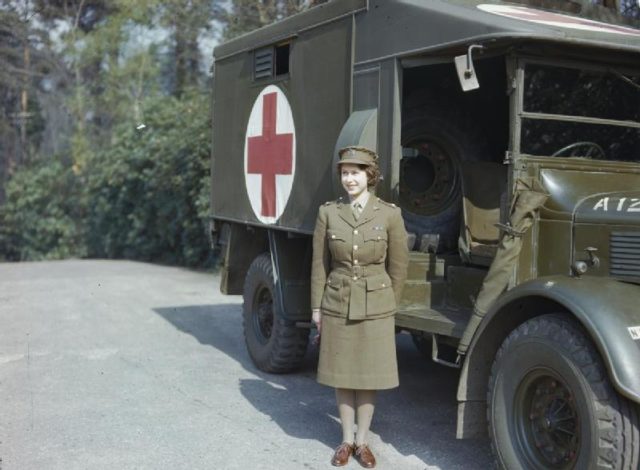
There were also the SS-Helferinnen who served in the Third Reich. Contrary to popular belief, women were regarded as part of the SS if they had undergone training at a Reichsschule SS. They served in auxiliary units in the army (Nachrichtenhelferin), the air force (Luftnachrichtenhelferinnen), and in the Navy (Kriegshelferinnen). In total, there were around 500,000 women volunteering in the German armed forces between 1944 and 1945.
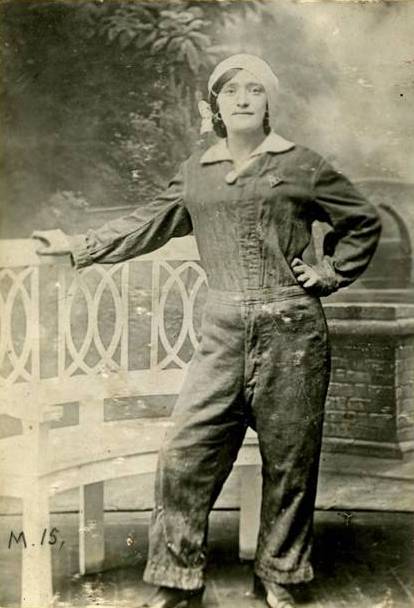
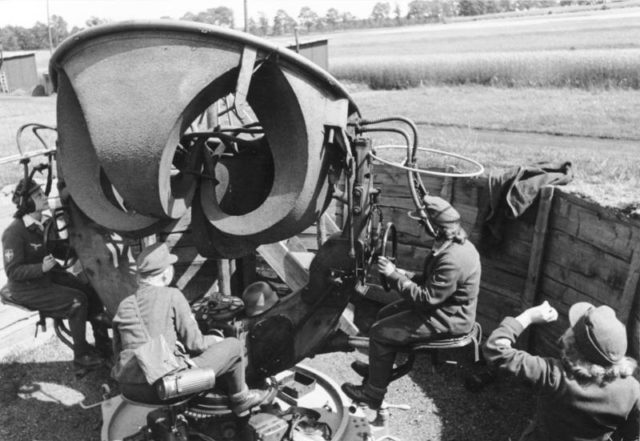
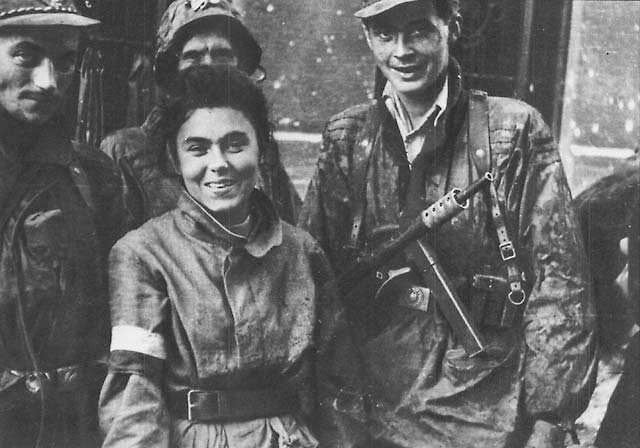
Women hold 85% of the posts as accountants, laboratory workers, clericals, interpreters, and administrative workers by 1945. At this time, Germany had extremely organized nursing service, with four main organizations – one was the “Brown Nurses”, for the committed Nazi women; there were separate ones for the Catholics and the Protestants, and the fourth was the secular DRK (Red Cross), the one who handled the military nursing.
The Red Cross nurses were especially respected as they were always risking their life, serving in the armed forces medical services. There was more than two dozen awarded the Iron Cross for heroism under fire.
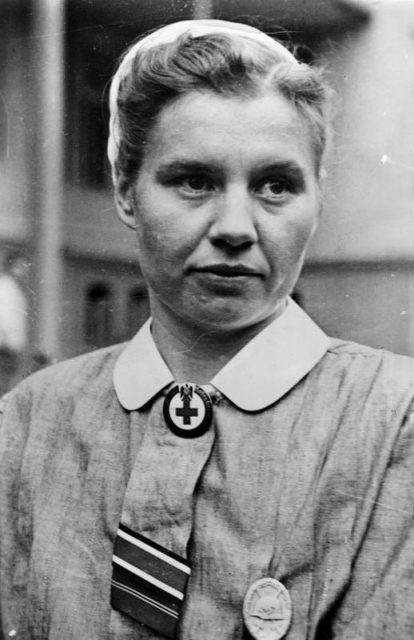
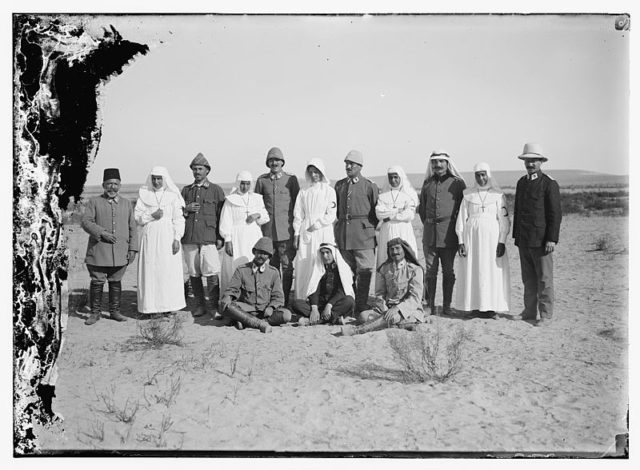
There were also many women mobilized in the Yugoslav Partisans. Out of six million civilian supporters of the Yugoslav National Liberation Movement, two million were women who established the Antifascist Front of Women (AFŽ). At the women’s front, the revolutionary spirit coexisted with the traditional values.
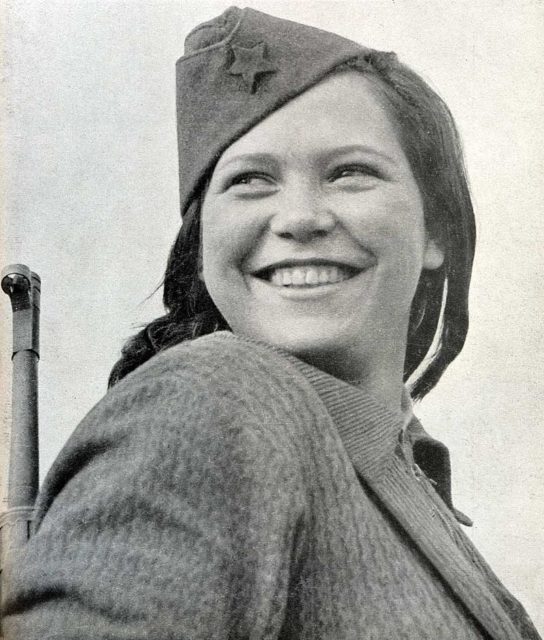
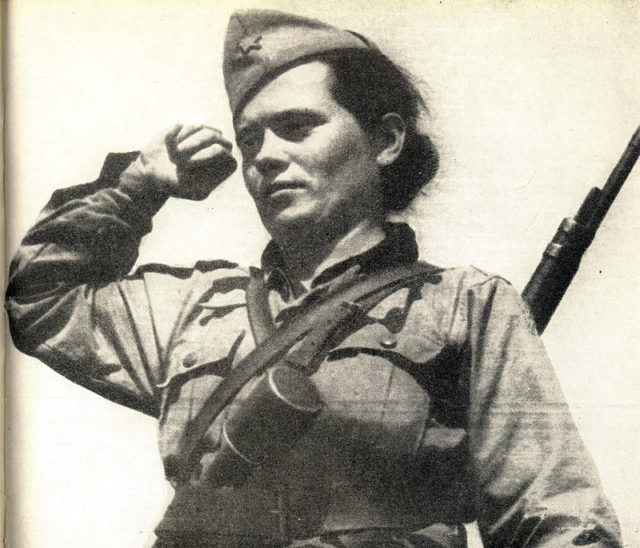
The women managed hospitals, schools, and local governments. Even though, after the war, women were relegated to their households and their traditional roles, Yugoslavia is unique by the great attention which historians gave to the women partisans.
Women were brave at a time when they weren’t allowed to be brave. No repression prevented them from fighting – for their rights, for justice, or for peace. All these women deserve to be honored for their bravery.
